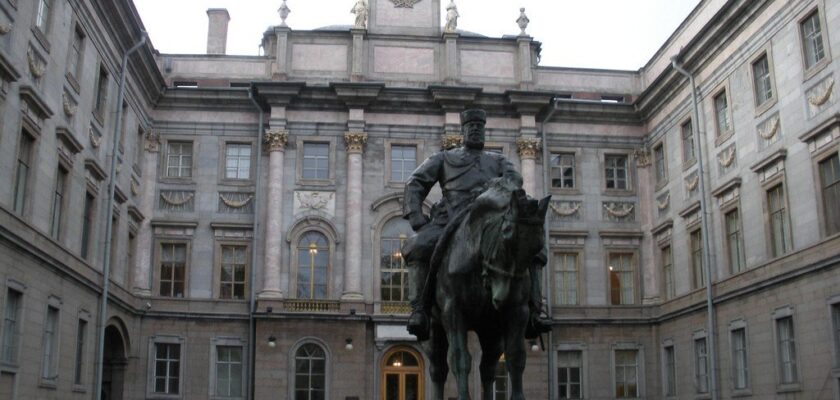Marble Palace in St. Petersburg
Marble Palace, built by Italian architect Antonio Rinaldi, was a gift from Catherine II to her favorite Grigory Orlov for his active participation in the events of 1762, as a result of which the empress found herself alone on the Russian throne. According to one legend, the Empress herself made a sketch of the future building and showed it to the architect. Catherine ordered to spare no expense for the construction. The lower part of the building was finished with granite, and the facades themselves were faced with specially selected marble instead of plaster. As many as 32 varieties of this rare and expensive material were used for this purpose. Marble was also used for interior decoration. Hence the name of the palace – Marble.
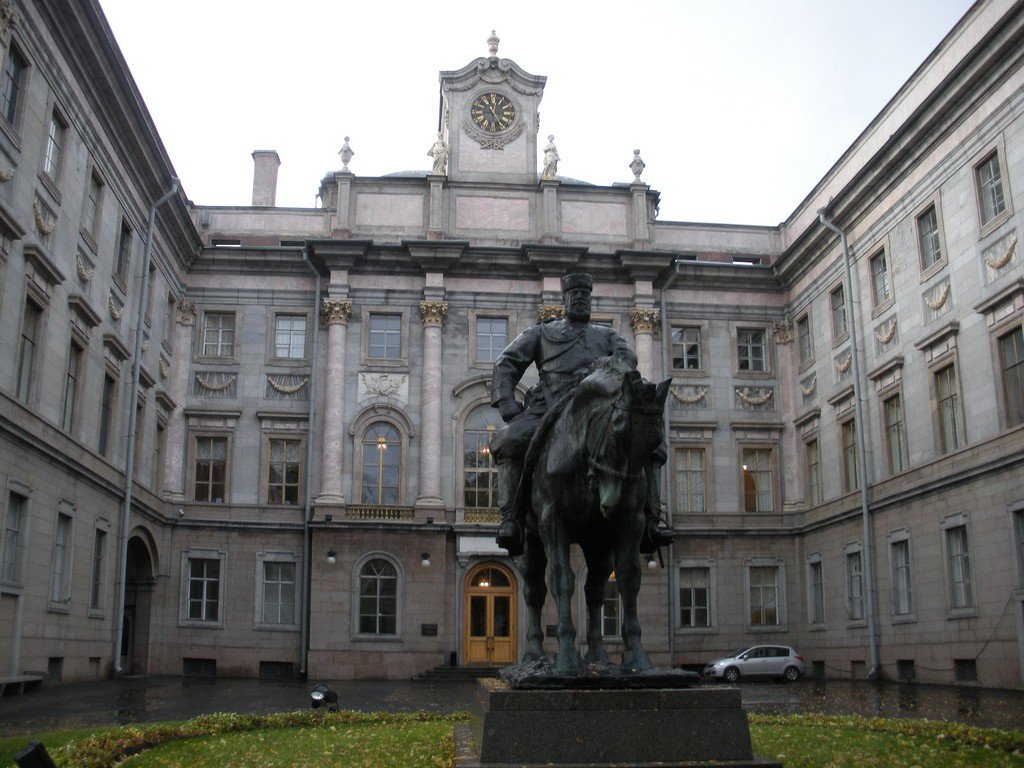
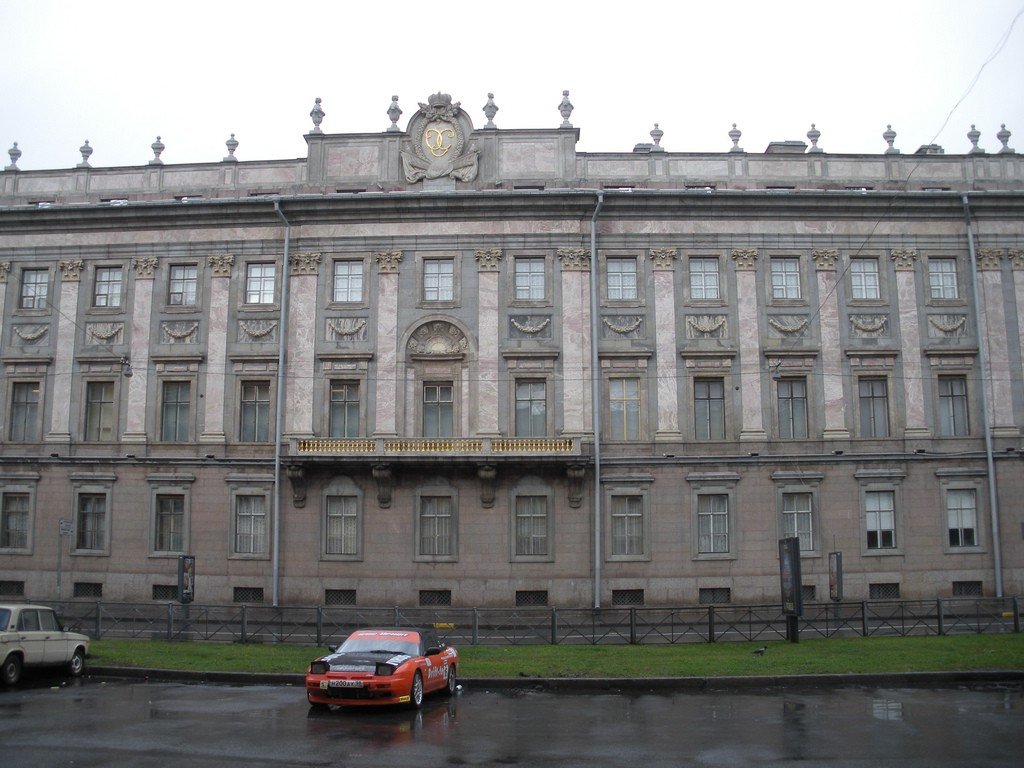
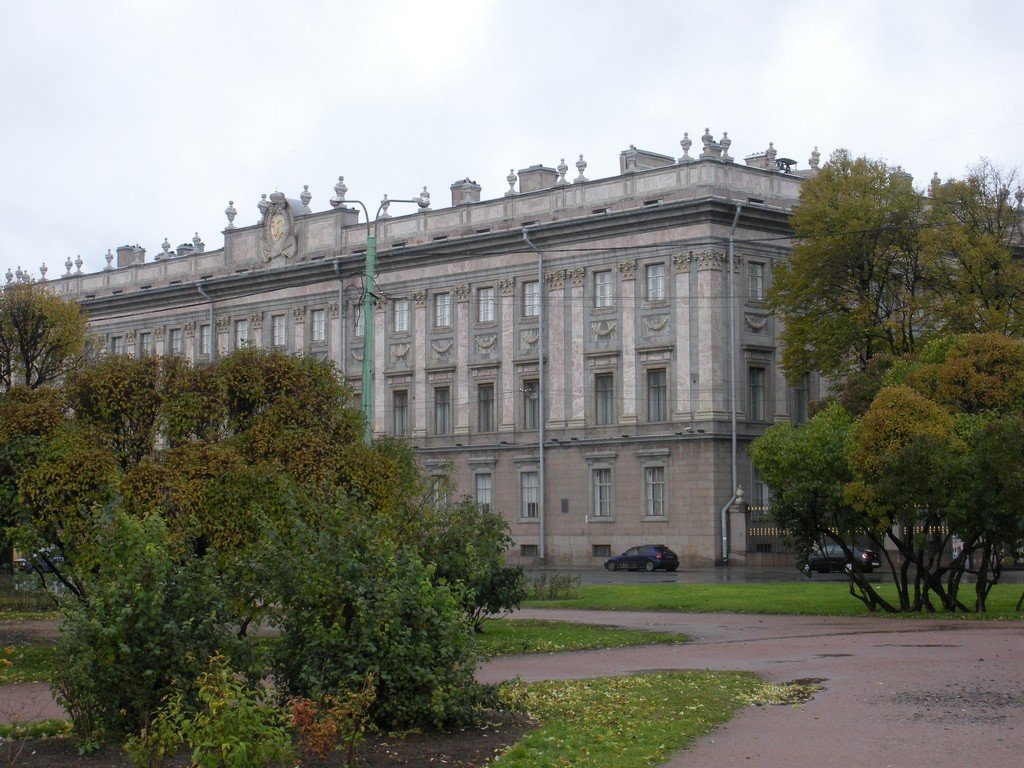
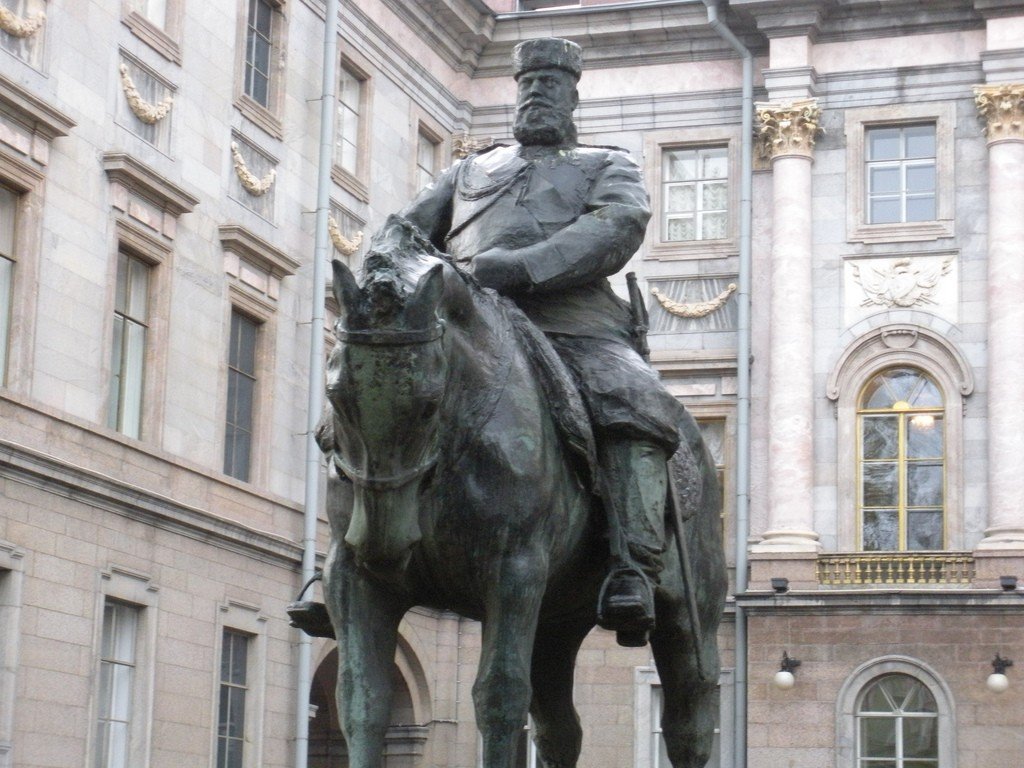
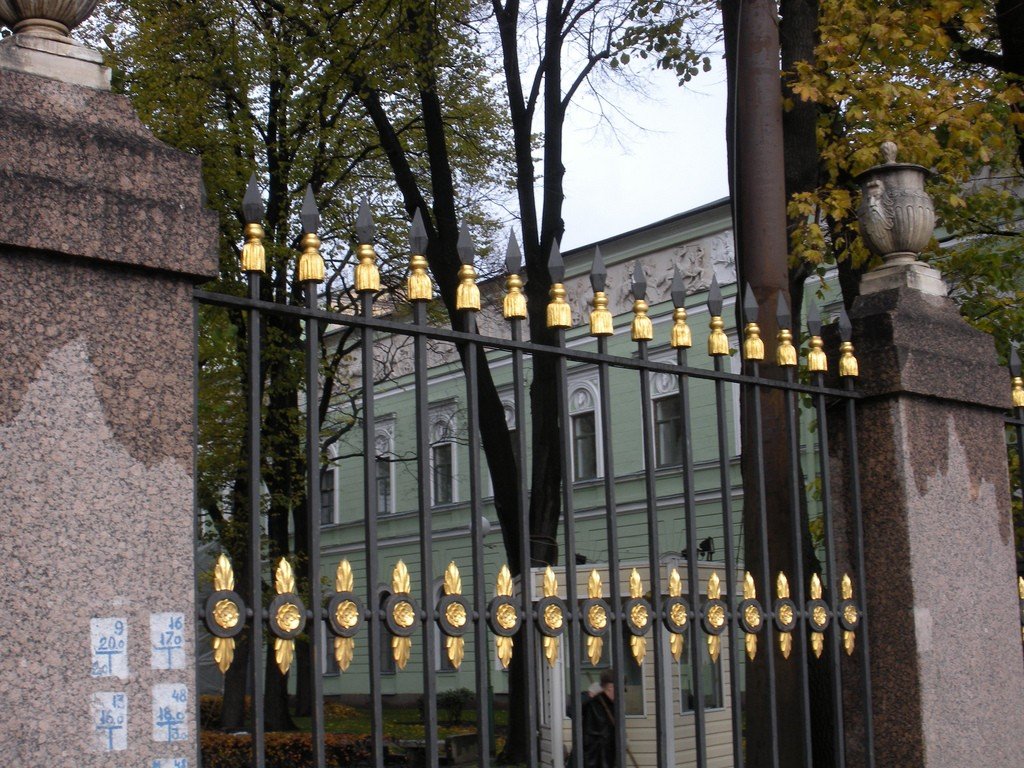
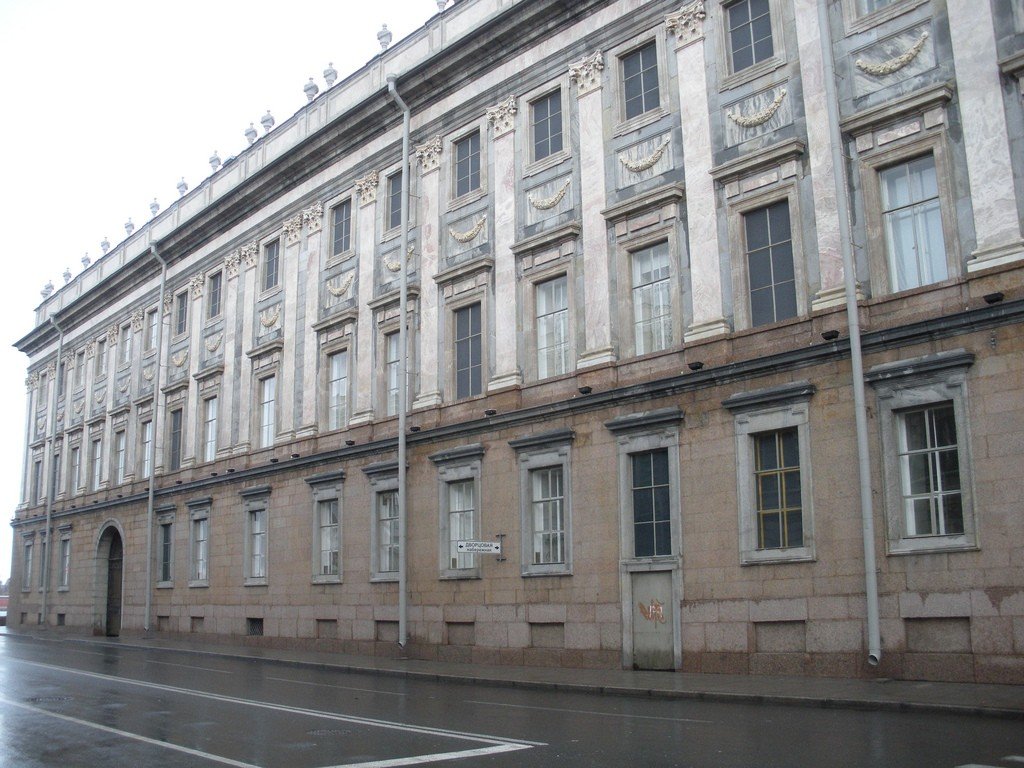
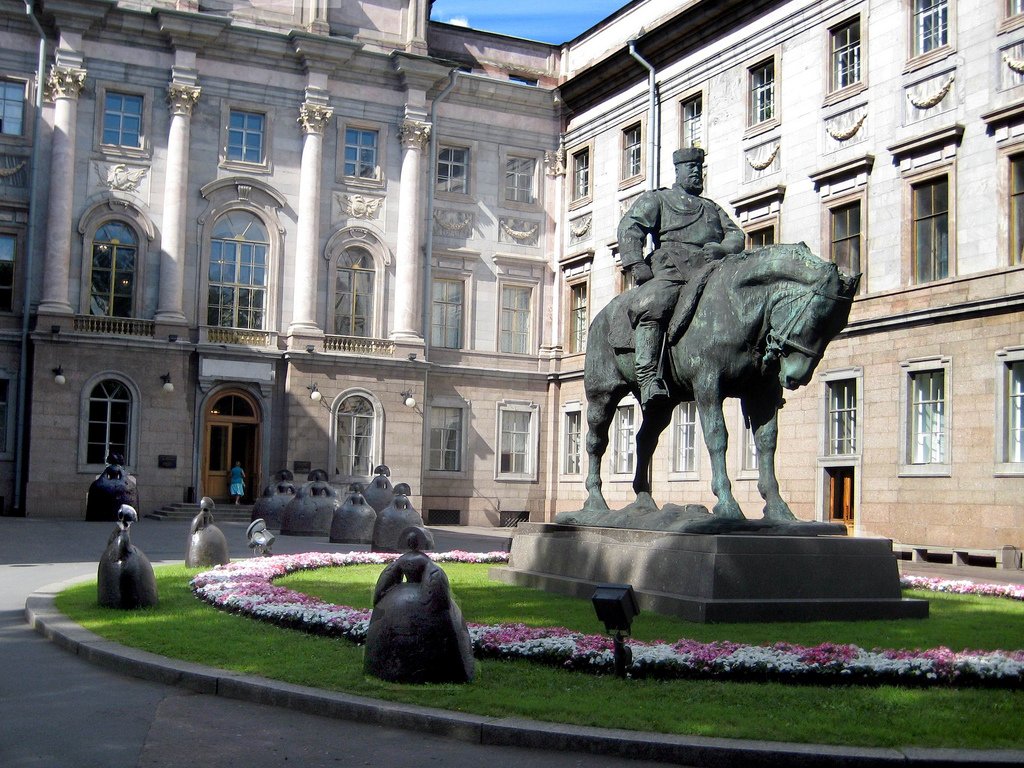
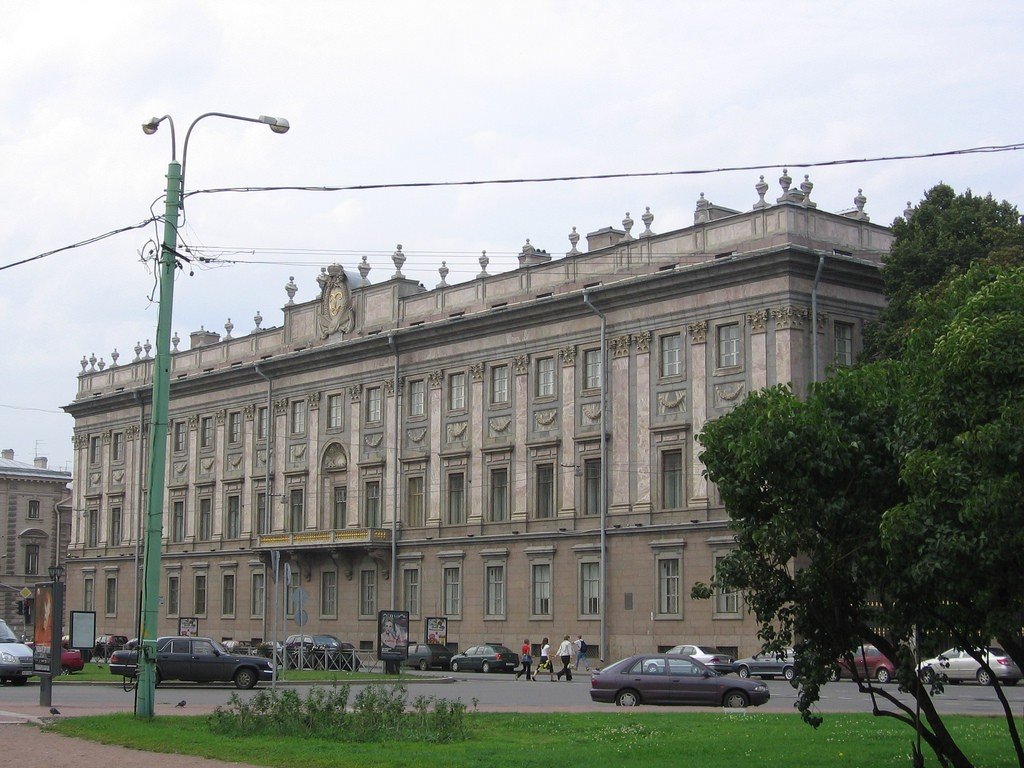
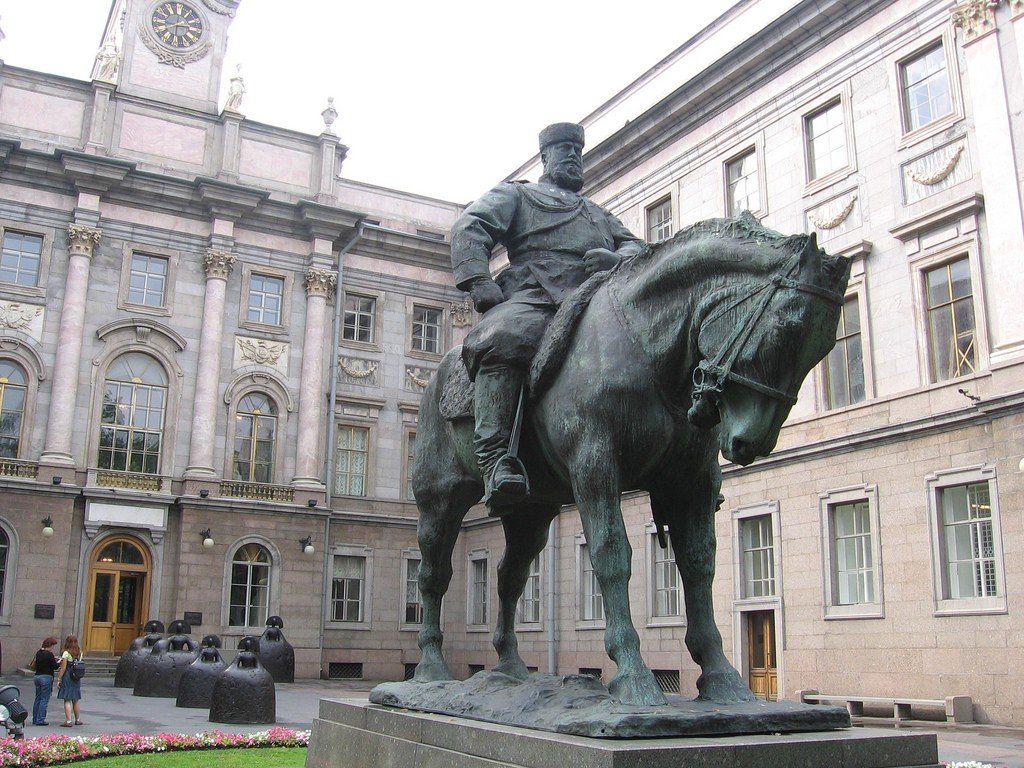
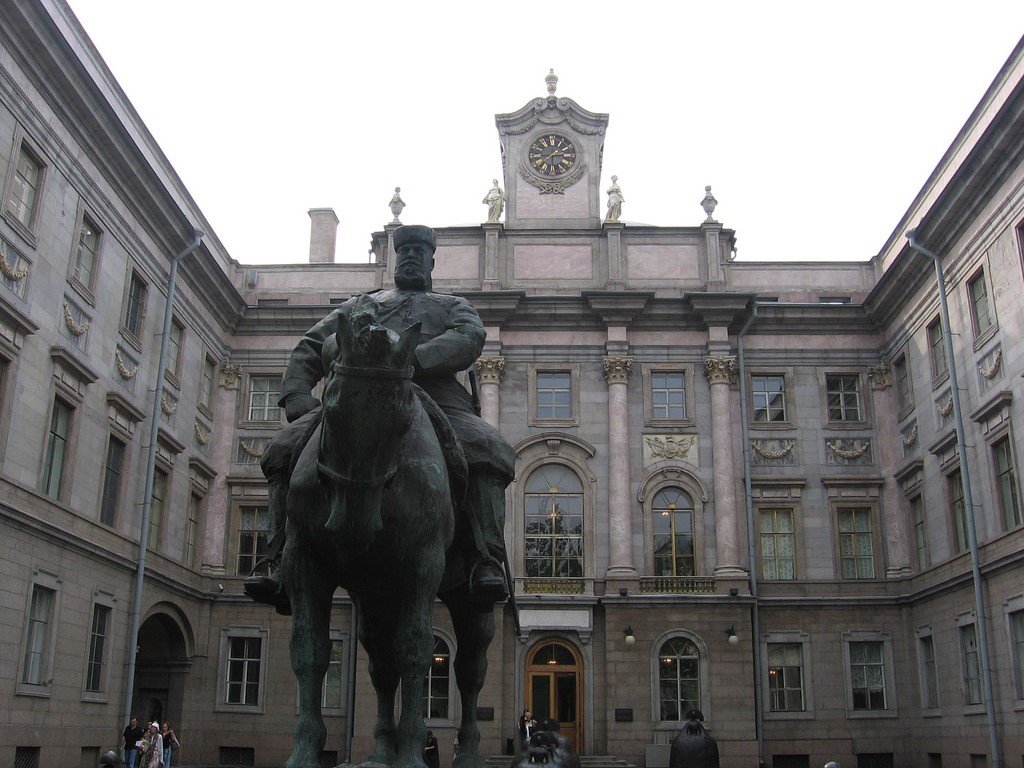
General information
Marble Palace was built for so long that Count Orlov died before the work was completed and was not able to make a housewarming party in it. Catherine II bought it from the heirs of the deceased and gave it to her grandson Grand Duke Konstantin Pavlovich (at this time the palace received another name – Konstantinovsky). He was often on military campaigns, and since 1814, appointed commander-in-chief of the troops of the Kingdom of Poland, in general constantly lived in Warsaw.
.
At the end of the XVIII century, the former Polish king and another former heartfelt friend of Catherine II, Stanislaw Poniatowski, lived here for some time. The king, deprived of his crown and state, came to St. Petersburg to participate in a commission to settle the debts of annexed Poland.
Then in the Marble Palace lived alternately the son and grandson of Nicholas I – Grand Dukes Konstantin Nikolaevich (Admiral General, leader of the liberal wing in the government) and Konstantin Konstantinovich (quite famous in his time lyric poet, who signed his works with the initials K.R.). At this time, the palace was an active and creative atmosphere. Its inhabitants were fond of literature and music, organized musical evenings, concerts and high society balls. For example, it was here in 1856 at a costume ball attended by a thousand guests that the composer Strauss gave his first performance in St. Petersburg.
.
In Soviet times, the former Grand Ducal residence was incomprehensibly turned into a Lenin museum, and its courtyard was decorated with an armored car “The Enemy of Capital,” from which the leader of the revolution delivered his fiery speeches. Now the armored car is no longer there, in its place they put an equestrian statue of Alexander III, which before the revolution stood on Znamenskaya Square (now Vosstaniya Square).
.
Since 1994, the building of the Marble Palace was taken over by the Russian Museum. Art exhibitions, meetings and concerts are organized there. Since 1995, the Marble Palace has hosted the “Ludwig Museum at the Russian Museum”, which is based on works by contemporary artists from Europe, Russia and America, donated to the Russian Museum by the famous German collectors Peter and Irena Ludwig. A little later, another permanent exhibition “The Collection of St. Petersburg Collectors of the Rzhevsky Brothers” was opened in the palace – a gift to the Russian Museum from the Rzhevsky collectors, who collected works of Russian painting, graphics and applied art for half a century. Besides, of course, the interiors of the palace themselves attract attention. Their image of the Catherine II era has been preserved to the greatest extent in the decor of the grand staircase and the magnificent Marble Hall. The large White Hall, which was redecorated in the middle of the 19th century to the design of architect Bryullov, is also interesting. The finishing of the last quarter of the 19th century was preserved in the private quarters of Konstantin Konstantinovich and his wife Elizaveta Mavrikievna, located along Millionnaya Street. They are small and have different decorations: complex non-repeating carved decor in the music room, mahogany panels and embossed leather on the walls in the library and study. The living room is decorated with a picturesque plafond “Service to Art” by Lipgart, the subject of which was proposed to the artist by the Grand Duke himself.
.Visitors
- Address: 5/1 Millionnaya Street. Metro station “Nevsky Prospekt.”
- Tel. 312-91-96. .
- Open daily, except Tues, from 10.00 to 18.00, on Mon till 17.00. .
- The box office closes one hour earlier. .
- Inspection – 1-1,5 h. .
- Entrance – 100 p., preferential (Russian pensioners, students) – 50 p., schoolchildren – 30 p. For foreigners – 350 p., foreign children and students – 150 p. .
- Visit to the Konstantin Romanov Memorial Museum is paid separately – adults 600 p., schoolchildren and students – 300 p. (including excursion service).
